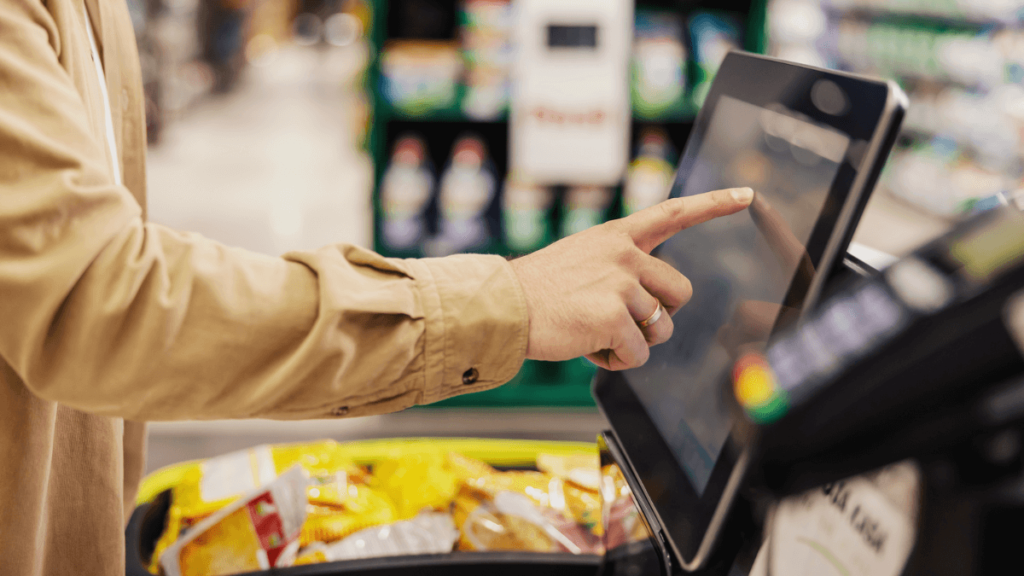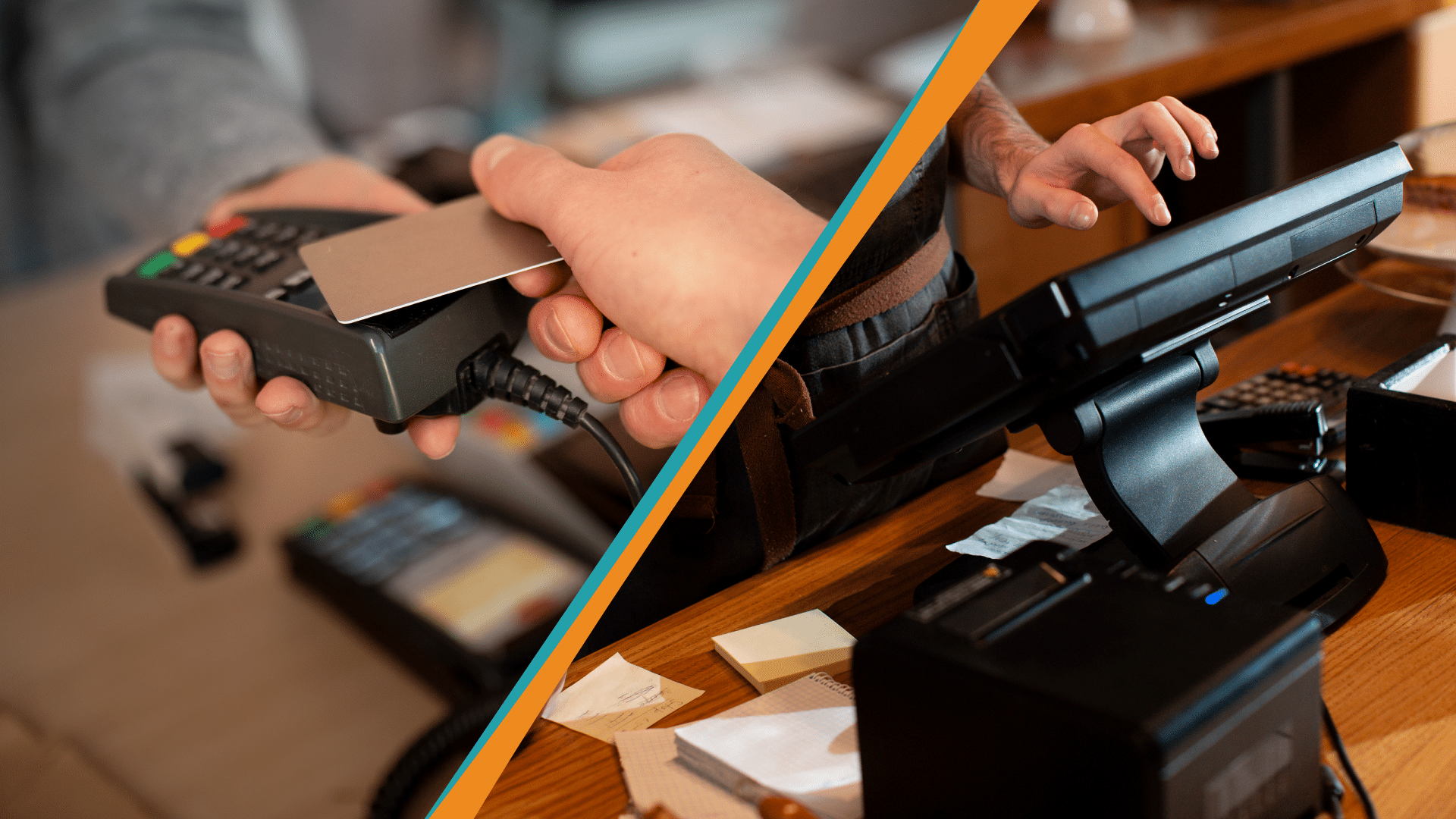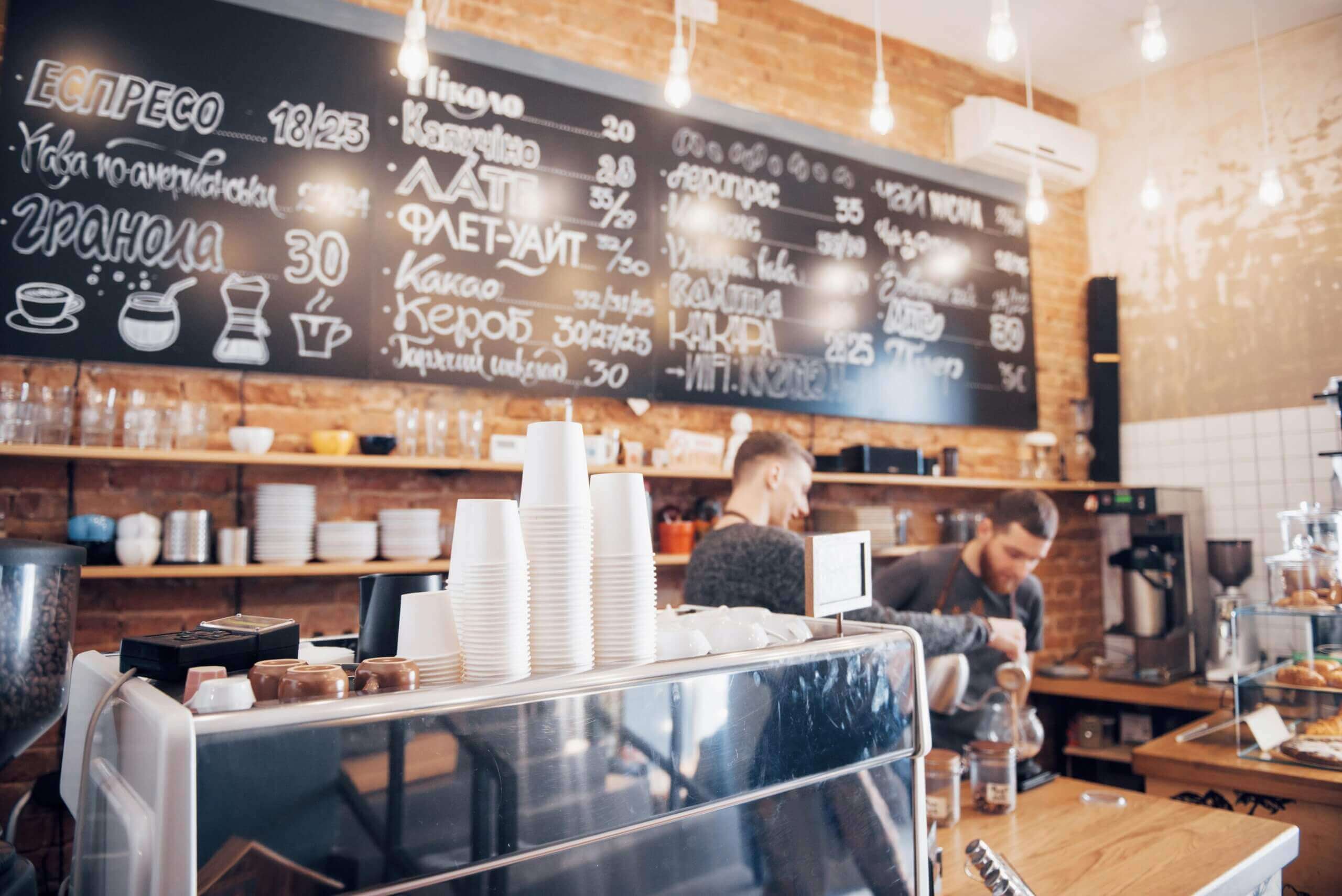Simplifying Split Bills and Tips with Restaurant POS

In the hospitality industry, customer experience is everything. From taking orders quickly to serving food on time, restaurants are under constant pressure to provide efficient, seamless service. One area that often becomes a point of friction — especially in group dining situations — is splitting bills and managing tips. Fortunately, modern restaurant POS (Point of Sale) systems have revolutionized this process, making it faster, easier, and more accurate than ever before.
The Challenges of Traditional Bill Splitting
Before the widespread adoption of digital POS systems, splitting a bill in a restaurant was often a manual and time-consuming process. Servers had to calculate individual portions by hand, apply taxes and tips accordingly, and ensure that each guest paid the correct amount. This not only left room for error but also slowed down the checkout process, frustrated customers, and put unnecessary pressure on staff during peak hours.
Add to that the confusion around tips — how to split them fairly, whether to calculate them before or after tax, and how to apply them across multiple payment methods — and it becomes clear that a better solution is needed.
Enter Modern Restaurant POS Systems
Today’s POS systems are designed with the unique needs of restaurants in mind. One of their most useful features is built-in support for splitting bills and tips. Whether a group wants to divide the check evenly, split by item, or pay in multiple ways (cash, card, digital wallets), a smart POS system can handle it with ease and speed.
1. Split by Seat or Item
Modern POS systems allow servers to assign items to individual seats as orders are taken. When it’s time to pay, the system automatically generates separate bills based on seat number. Alternatively, items can be selected manually and assigned to different people, enabling itemized bill splitting. This ensures every guest pays only for what they ordered — no guesswork involved.
2. Multiple Payment Methods Made Easy
With integrated payment processing, POS systems accept multiple payment types for a single bill. That means one guest can pay by card, another by cash, and a third via a mobile payment app — all for the same table. This flexibility makes the payment process smoother and more accommodating to customer preferences.
3. Fair and Flexible Tip Handling
Tipping can be confusing, especially when it comes to group payments. POS systems can automatically calculate tip percentages, allow guests to enter custom amounts, and distribute tips fairly among servers, bartenders, and kitchen staff based on pre-set rules.
Some systems even include digital tip prompts on customer-facing displays, encouraging patrons to tip appropriately without the pressure of doing mental math. For restaurants that pool tips among staff, the POS can automate the distribution based on hours worked or role, reducing disputes and manual calculations.
Benefits for Staff and Customers
Simplifying bill splitting and tipping has tangible benefits for both staff and customers:
- Faster Turnaround: Streamlined payments mean tables are cleared more quickly, increasing turnover and boosting revenue.
- Improved Accuracy: Reduced manual input lowers the risk of billing errors, incorrect change, or disputes over tips.
- Better Customer Experience: Diners appreciate a smooth, hassle-free checkout — especially when dining in groups.
- Happier Staff: Servers spend less time at the terminal and more time providing great service. Plus, fair and transparent tip management keeps morale high.
Conclusion
Restaurant POS systems have come a long way from basic cash registers. With features like intelligent bill splitting and automated tip management, they take the stress out of what was once a complicated process. By adopting a modern POS solution, restaurants can improve efficiency, enhance the dining experience, and ensure that both customers and staff walk away satisfied.
In a world where every second and every customer counts, simplifying split bills and tips isn’t just a convenience — it’s a competitive advantage.






